Terrace Guava Tree Growing might seem like a tropical dream reserved for sprawling orchards, but guess what? I’m here to tell you that juicy, homegrown guavas are totally within reach, even if your “garden” is a sunny terrace! Forget those bland, store-bought fruits – imagine plucking a perfectly ripe guava, bursting with flavor, just steps from your living room.
Guava, with its origins tracing back to Central and South America, has been cherished for centuries, not just for its delicious taste but also for its incredible health benefits. In many cultures, it’s more than just a fruit; it’s a symbol of hospitality and good health. But traditionally, growing guava meant needing a large plot of land. That’s where our DIY magic comes in!
Let’s face it, space is a premium these days. Many of us are living in apartments or homes with limited outdoor areas. But that shouldn’t stop us from enjoying the simple pleasure of growing our own food. This guide is your key to unlocking the secrets of successful terrace guava tree growing. I’ll walk you through everything from choosing the right variety and container to providing the perfect care for your guava tree to thrive. Get ready to transform your terrace into a mini-tropical paradise and enjoy the sweet rewards of your labor!
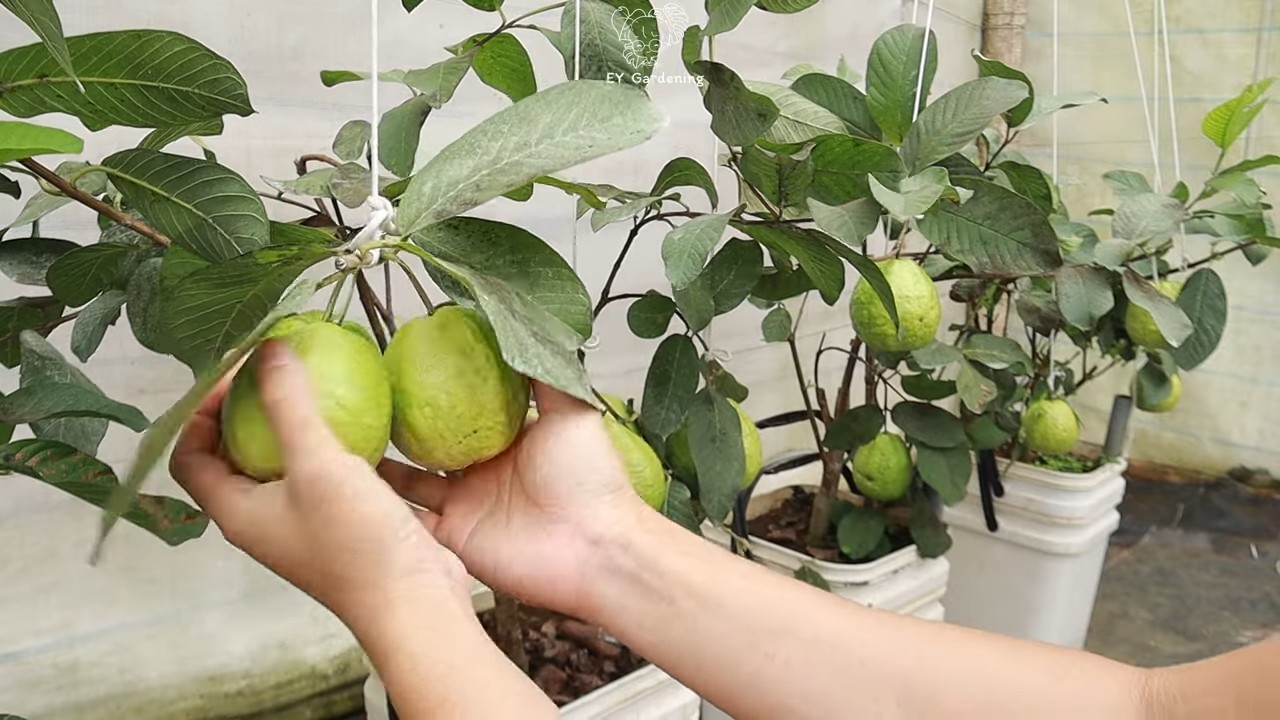
Growing Guava Trees in Pots: A DIY Guide to a Tropical Paradise on Your Terrace
Hey there, fellow plant enthusiasts! Dreaming of fresh, juicy guavas right from your own terrace? Well, you’ve come to the right place! I’m going to walk you through everything you need to know to successfully grow a guava tree in a pot, even if you’re a complete beginner. Trust me, it’s easier than you think, and the reward of homegrown guavas is totally worth it.
Choosing the Right Guava Variety
First things first, not all guava trees are created equal, especially when it comes to container gardening. You’ll want to choose a variety that’s naturally smaller and more compact. Here are a few of my favorites:
* Dwarf Guava (Psidium guajava ‘Nana’): As the name suggests, this variety stays relatively small, making it perfect for pots. It produces delicious, fragrant fruit.
* ‘Ruby Supreme’: This one is known for its beautiful pink flesh and sweet flavor. It’s also a good choice for container growing.
* ‘Mexican Cream’: If you prefer a milder, sweeter guava, this is a great option. It’s also relatively compact.
* ‘Red Indian’: This variety offers a unique reddish-pink fruit and is known for its disease resistance, which is always a plus!
Important Note: Make sure to check with your local nursery to see which varieties are best suited for your climate.
Gathering Your Supplies
Okay, now that you’ve picked your guava variety, let’s gather the supplies you’ll need. Here’s a checklist:
* A Large Pot: This is crucial! Choose a pot that’s at least 24 inches in diameter and depth. The bigger, the better, as it will give your guava tree plenty of room to grow. Make sure it has drainage holes!
* High-Quality Potting Mix: Don’t skimp on this! Use a well-draining potting mix specifically formulated for fruit trees. A mix of potting soil, perlite, and compost works well.
* Guava Tree Sapling: You can usually find these at your local nursery or online. Choose a healthy-looking sapling with strong roots.
* Slow-Release Fertilizer: This will provide your guava tree with a steady supply of nutrients. Choose a fertilizer specifically formulated for fruit trees.
* Watering Can or Hose: For watering, of course!
* Pruning Shears: For shaping and maintaining your tree.
* Mulch: To help retain moisture and suppress weeds.
* Optional: A trellis or support structure, especially if you’re growing a variety that tends to be a bit leggy.
Planting Your Guava Tree
Alright, let’s get our hands dirty! Here’s how to plant your guava tree in its new pot:
1. Prepare the Pot: Place a layer of gravel or broken pottery at the bottom of the pot to improve drainage.
2. Add Potting Mix: Fill the pot about one-third full with your potting mix.
3. Remove the Sapling from its Container: Gently loosen the roots of the sapling. If the roots are tightly bound, carefully tease them apart.
4. Position the Sapling: Place the sapling in the center of the pot, making sure the top of the root ball is level with the top of the potting mix.
5. Fill the Pot: Fill the rest of the pot with potting mix, gently patting it down around the root ball.
6. Water Thoroughly: Water the newly planted guava tree thoroughly until water drains out of the drainage holes.
7. Add Mulch: Apply a layer of mulch around the base of the tree, keeping it a few inches away from the trunk.
Caring for Your Potted Guava Tree
Now that your guava tree is planted, it’s time to learn how to care for it. Here’s what you need to know:
* Sunlight: Guava trees need plenty of sunlight – at least 6-8 hours per day. Place your pot in a sunny spot on your terrace.
* Watering: Water your guava tree regularly, especially during hot, dry weather. The soil should be kept moist but not soggy. Check the soil moisture by sticking your finger into the soil. If the top inch feels dry, it’s time to water.
* Fertilizing: Fertilize your guava tree regularly with a slow-release fertilizer specifically formulated for fruit trees. Follow the instructions on the fertilizer package. I usually fertilize mine in the spring and again in the summer.
* Pruning: Prune your guava tree regularly to maintain its shape and encourage fruit production. Remove any dead, damaged, or crossing branches. You can also prune to control the size of the tree. The best time to prune is in late winter or early spring, before new growth begins.
* Pest and Disease Control: Keep an eye out for pests and diseases. Guava trees can be susceptible to aphids, scale, and fruit flies. If you notice any problems, treat them promptly with an appropriate insecticide or fungicide. Neem oil is a great organic option for controlling many pests.
* Repotting: As your guava tree grows, it will eventually need to be repotted into a larger pot. Repotting is best done in the spring. Choose a pot that’s a few inches larger in diameter than the current pot.
* Overwintering: If you live in an area with cold winters, you’ll need to protect your guava tree from frost. You can either move the pot indoors or wrap it in burlap to insulate it.
Encouraging Fruit Production
Getting your guava tree to produce fruit is the ultimate goal! Here are a few tips to help you along the way:
* Pollination: Guava trees are self-pollinating, but you can improve fruit set by hand-pollinating the flowers. Use a small paintbrush to transfer pollen from one flower to another.
* Watering During Flowering: Make sure to water your guava tree regularly during flowering. Water stress can cause the flowers to drop.
* Fertilizing During Fruiting: Continue to fertilize your guava tree during fruiting to provide it with the nutrients it needs to produce healthy fruit.
* Thinning Fruit: If your guava tree produces a lot of fruit, you may need to thin it out. This will allow the remaining fruit to grow larger and more flavorful.
Harvesting Your Guavas
The moment you’ve been waiting for! Your guavas are ready to harvest when they turn from green to yellow or pink, depending on the variety. They should also be slightly soft to the touch and have a fragrant aroma. Gently twist the fruit from the branch.
Enjoy Your Harvest!
Now, the best part: savoring the fruits of your labor! Freshly picked guavas are delicious eaten straight from the tree. You can also use them to make juice, jam, or other delicious treats.
Troubleshooting Common Problems
Even with the best care, you might encounter a few problems along the way. Here are some common issues and how to address them:
* Yellowing Leaves: This could be a sign of overwatering, underwatering, or nutrient deficiency. Check the soil moisture and adjust your watering schedule accordingly. Fertilize your tree with a balanced fertilizer.
* Leaf Drop: This can be caused by stress, such as sudden changes in temperature or watering. Make sure your tree is getting consistent care.
* Lack of Fruit: This could be due to insufficient sunlight, poor pollination, or nutrient deficiency. Make sure your tree is getting enough sunlight and fertilize it regularly. You can also try hand-pollinating the flowers.
* Pest Infestations: Treat pest infestations promptly with an appropriate insecticide or organic solution like neem oil.
Additional Tips for Success
* Choose the Right Potting Mix: A well-draining potting mix is essential for preventing root rot.
* Provide Adequate Drainage: Make sure your pot has drainage holes and that they are not blocked.
* Protect from Strong Winds: If your terrace is exposed to strong winds, consider providing some protection for your guava tree.
* Monitor Soil pH: Guava trees prefer slightly acidic soil. You can test the soil pH with a soil testing kit and adjust it if necessary.
* Be Patient: It may take a few years for your guava tree to start producing fruit. Don’t get discouraged! With proper care, you’ll eventually be rewarded with a bountiful harvest.
Growing guava trees in pots is a rewarding experience. With a little bit of effort, you can enjoy fresh, delicious guavas right from your own terrace. So, go ahead and give it a try! I’m sure you’ll be amazed at what you can accomplish. Happy gardening!
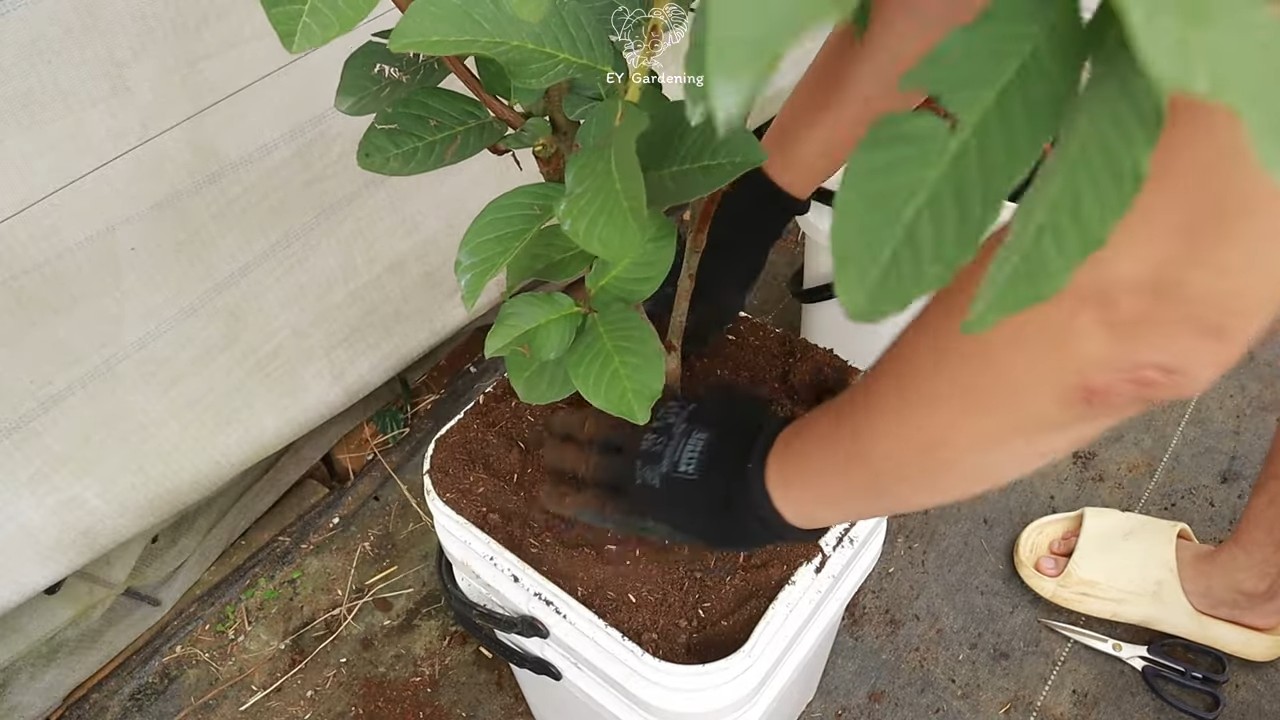
Conclusion
So, there you have it! Transforming your terrace into a guava-filled paradise is not only achievable but incredibly rewarding. This DIY approach to growing a terrace guava tree offers a unique opportunity to connect with nature, cultivate your own delicious fruit, and beautify your living space, all while enjoying the satisfaction of a successful gardening project.
Why is this a must-try? Because store-bought guavas simply can’t compare to the flavor and freshness of homegrown fruit. Plus, you have complete control over the growing process, ensuring your guava tree is nurtured with organic practices, free from harmful pesticides and chemicals. Imagine stepping onto your terrace and plucking a perfectly ripe, sun-warmed guava – a taste of the tropics right at your doorstep!
But the benefits extend beyond just the fruit. A guava tree adds a touch of greenery and tranquility to your terrace, creating a relaxing and inviting atmosphere. It can also provide shade and attract beneficial insects, contributing to a healthier ecosystem in your urban environment.
Don’t be afraid to experiment with different guava varieties to find your favorite. Consider the size and growth habit of the tree when selecting a variety suitable for container growing. Some dwarf varieties are particularly well-suited for terraces. You can also explore different training techniques, such as espaliering, to maximize space and create a visually stunning focal point.
For those feeling adventurous, try grafting different guava varieties onto a single rootstock to create a “fruit salad” tree with multiple flavors. Or, experiment with different soil amendments and fertilizers to optimize growth and fruit production. The possibilities are endless!
We understand that embarking on a new gardening project can be daunting, but we’ve provided you with a comprehensive guide to get you started. Remember to pay close attention to the specific needs of your guava tree, including sunlight, watering, and fertilization. With a little patience and care, you’ll be enjoying the fruits of your labor in no time.
We are confident that this DIY terrace guava tree growing guide will empower you to create your own urban oasis. So, grab your gardening gloves, gather your supplies, and get ready to embark on this exciting journey.
We encourage you to try this DIY trick and share your experience with us! We’d love to see photos of your guava trees and hear about your successes and challenges. Your feedback will help us improve this guide and inspire others to embrace the joy of growing their own food. Share your stories and photos on our social media channels using #TerraceGuavaTree and let’s build a community of urban gardeners together! Let’s make terrace guava tree growing a popular trend!
Frequently Asked Questions (FAQ)
What is the best time of year to plant a guava tree on my terrace?
The ideal time to plant a guava tree is during the late spring or early summer, after the last frost has passed. This allows the tree to establish its roots before the onset of winter. However, in warmer climates with mild winters, you can plant a guava tree at any time of year, as long as you provide adequate protection from extreme temperatures. Avoid planting during the hottest part of the summer, as the tree may struggle to establish itself in the intense heat.
What size pot should I use for my terrace guava tree?
Start with a pot that is at least 15-20 gallons in size. As the tree grows, you may need to transplant it into a larger pot, eventually reaching a size of 30-50 gallons. The pot should have adequate drainage holes to prevent waterlogging, which can lead to root rot. Choose a pot made of a durable material, such as plastic, terracotta, or wood, that can withstand the elements.
What type of soil is best for growing guava trees in containers?
Guava trees thrive in well-draining, slightly acidic soil. A good potting mix for guava trees should consist of a blend of peat moss, perlite, and vermiculite. You can also add some compost or aged manure to enrich the soil and provide essential nutrients. Avoid using heavy clay soil, as it can retain too much moisture and suffocate the roots.
How much sunlight does a guava tree need?
Guava trees require at least 6-8 hours of direct sunlight per day to thrive and produce fruit. Place your guava tree in a sunny location on your terrace, where it will receive ample sunlight throughout the day. If you live in a particularly hot climate, you may need to provide some afternoon shade to protect the tree from scorching.
How often should I water my terrace guava tree?
Water your guava tree regularly, especially during the growing season. The frequency of watering will depend on the weather conditions, the size of the pot, and the type of soil. Generally, you should water the tree when the top inch of soil feels dry to the touch. Avoid overwatering, as this can lead to root rot. During the winter months, you can reduce the frequency of watering.
What kind of fertilizer should I use for my guava tree?
Fertilize your guava tree regularly with a balanced fertilizer that is specifically formulated for fruit trees. A fertilizer with an NPK ratio of 10-10-10 or 14-14-14 is a good choice. Apply the fertilizer according to the manufacturer’s instructions, typically every 2-3 months during the growing season. You can also supplement with organic fertilizers, such as compost tea or fish emulsion.
How do I prune my terrace guava tree?
Pruning is essential for maintaining the shape and size of your guava tree, as well as promoting fruit production. Prune your guava tree in late winter or early spring, before new growth begins. Remove any dead, damaged, or diseased branches. Also, prune to thin out the canopy and improve air circulation. You can also prune to shape the tree and encourage branching.
How long does it take for a guava tree to produce fruit?
Guava trees typically start producing fruit within 2-4 years of planting. The exact time will depend on the variety of guava, the growing conditions, and the age of the tree. To encourage fruit production, make sure your guava tree receives adequate sunlight, water, and fertilizer. You can also hand-pollinate the flowers to increase fruit set.
What are some common pests and diseases that affect guava trees?
Guava trees can be susceptible to a variety of pests and diseases, including aphids, scale, mealybugs, fruit flies, and fungal diseases. Regularly inspect your guava tree for signs of pests or diseases. If you detect any problems, take action immediately to control the infestation or infection. You can use organic pesticides or fungicides to treat the tree.
Can I grow a guava tree indoors?
While it is possible to grow a guava tree indoors, it can be challenging. Guava trees require a lot of sunlight, so you will need to provide supplemental lighting if you are growing it indoors. You will also need to ensure that the tree receives adequate humidity and ventilation. Dwarf guava varieties are better suited for indoor growing than larger varieties.

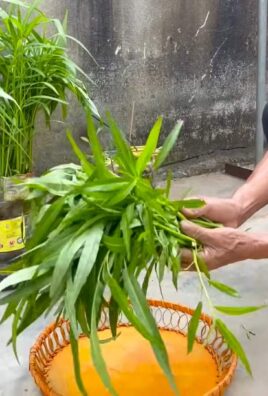
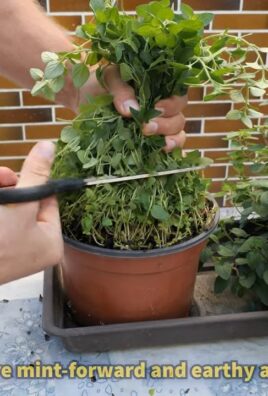
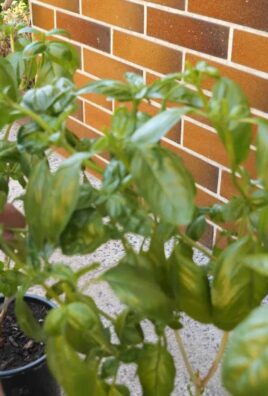
Leave a Comment